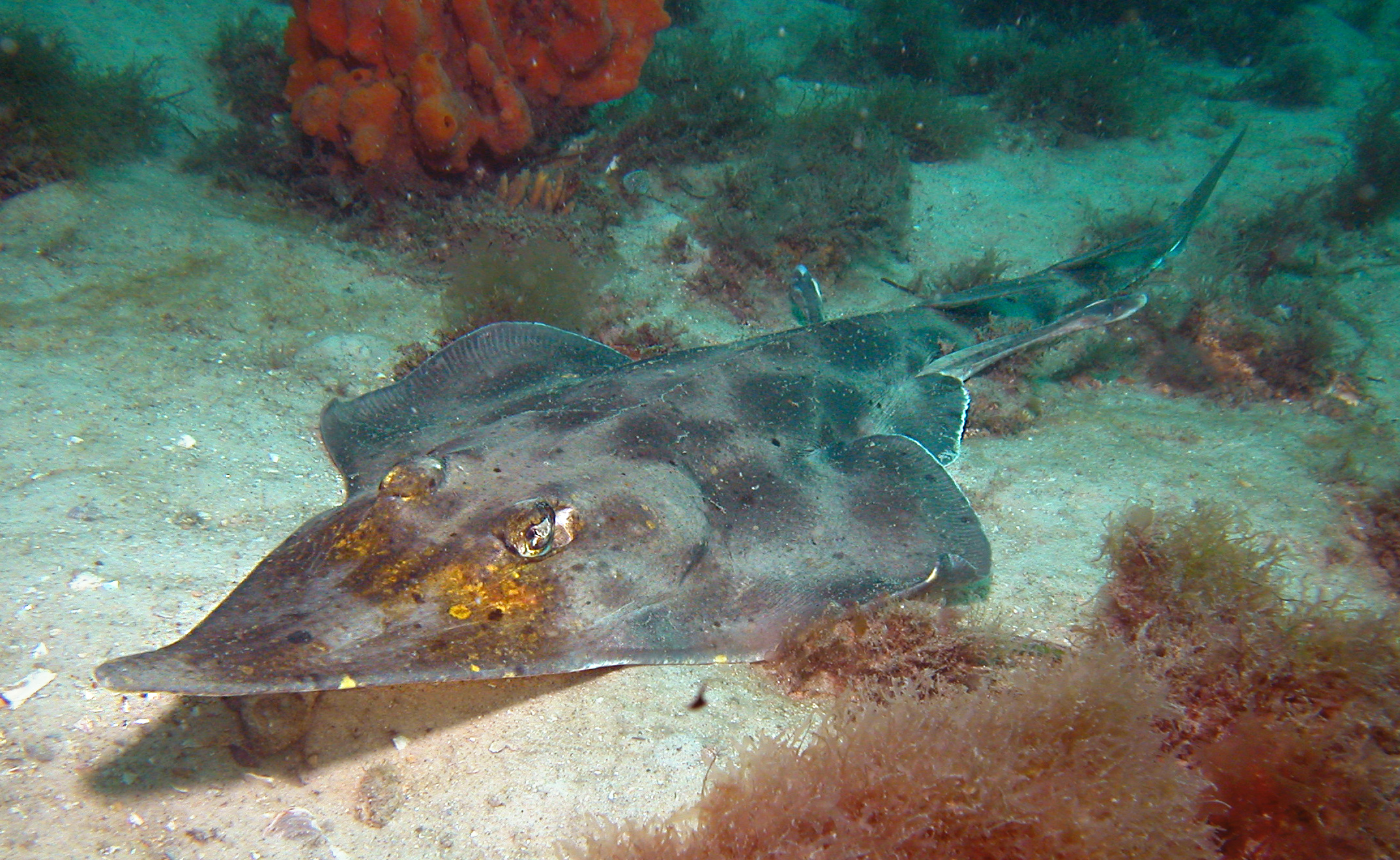Media release
From:
The SAFS Reports are the largest ever collection of assessments of Australia’s fish species, based on independent research.
The latest edition of the SAFS Reports marks a decade of cross-jurisdictional scientific collaboration to inform fisheries management to achieve improved sustainability.
The latest edition of the SAFS Reports assesses 477 stocks of 148 of Australia’s fish species (or species complexes), adding 71 stocks of 25 species to the 2018 reports.
The FRDC’s Managing Director Dr Patrick Hone, says the reports put Australia in an enviable position to look after our fisheries.
“The SAFS Reports not only provide the opportunity to highlight sustainable species, but also to understand where there are issues such as data gaps or the need for management intervention or additional research.”
A decade of national stock assessments is an important milestone of collaboration across 8 jurisdictions, involving 81 stock assessment scientists and 39 reviewers. This highly collaborative effort demonstrates how we all have to work together to understand and care for our oceans.
Dr Toby Piddocke who has managed the compilation of these latest Reports for the FRDC says there are benefits to a national perspective.
“SAFS provides a unique national perspective on the status of the stocks it addresses. Fisheries management falls to state, territory and Commonwealth jurisdictions, so the fisheries science tends to be divided the same way. SAFS provides an opportunity to get a higher-level perspective across jurisdictions on stock performance and data needs.”
With greatly expanded coverage since the original SAFS Reports of 2012, the fifth edition of the Reports demonstrates a trend towards sustainability (see key results and highlights below), but also shows how fish stocks are constantly changing and require frequent monitoring.
The SAFS Reports are also used to inform on Australia’s progress against UN Sustainable Development Goal 14.4.1: proportion of fish stocks within biological sustainable levels.
World Oceans Day is an opportunity to put the wellbeing of our oceans and the life they support front and centre. A key component of that health is the life they sustain, including the fish populations that provide valuable nourishment for people around the world including in Australia. There is a direct link between healthy fisheries and healthy oceans.
The SAFS Reports are available on the website fish.gov.au and through a smart phone app available for apple and android phones. Highlights from the 5th edition of the Reports, along with the key results will be available from June 8 at https://www.fish.gov.au/reports/key-results
Key Results from the 5th edition of the SAFS Reports:
· SAFS 2020 adds 25 species and 71 stocks to those included in SAFS 2018
· Approximately 85 per cent were classified as either “sustainable” or “recovering”.
· The SAFS 2018 classification framework and statuses are consistent with the 2018 edition
· The SAFS framework enables consistent, transparent reporting across jurisdictions
· The SAFS Reports managed by the FRDC involved 81 scientists and 39 reviewers.
· Definitions of statuses used in the SAFS Reports are available at https://www.fish.gov.au/about/how-are-the-status-of-australian-fish-stock-reports-done
Table 1: Comparison of SAFS 2018 and 2020 statuses
SAFS status
2018 count
2018 percentage
2020 count
2020 percentage
Sustainable
254
62.56
302
63.31
Undefined
54
13.3
70
14.68
Negligible
28
6.9
36
7.55
Depleted
29
7.14
36
7.55
Depleting
23
5.67
17
3.56
Recovering
18
4.43
16
3.35
Totals
406
100
477
100
Highlights from the Reports include:
· Stocks transitioning from depleted category status in 2018 to sustainable in 2020
Species Name
Stock Name
Banded Morwong
Tasmanian Banded Morwong Fishery
Barramundi
Southern Gulf of Carpentaria
Blacklip Abalone
South Australia Western Zone Fishery
Blacklip Abalone
Tasmania Eastern Zone Fishery
Blacklip Abalone
Tasmania Northern Zone Fishery
Brownlip Abalone
Western Australia Area 2 Fishery
Southern Garfish
Western Australia South Coast
Spanner Crab
East Coast
· Stocks transitioning from recovering in 2018 to sustainable in 2020
Species Name
Stock Name
Blue Swimmer Crab
Shark Bay
Black Jewfish
Darwin Region
Black Jewfish
Regional Northern Territory
Mangrove Jack
Gulf of Carpentaria
Southern Garfish
Western Australia West Coast
The FRDC through investing in knowledge and innovation aims to increase economic, social and environmental benefits for Australian fishing and aquaculture, and the wider community.
The FRDC is a co-funded partnership between its two stakeholders, the Australian Government and the fishing and aquaculture sectors.
Images:
A species included in the SAFS Reports: Female Western Blue Groper, image by Simon Bryars
A species included in the SAFS Reports: Eastern Shovelnose Ray, image by Dave Harasti



 Australia
Australia


